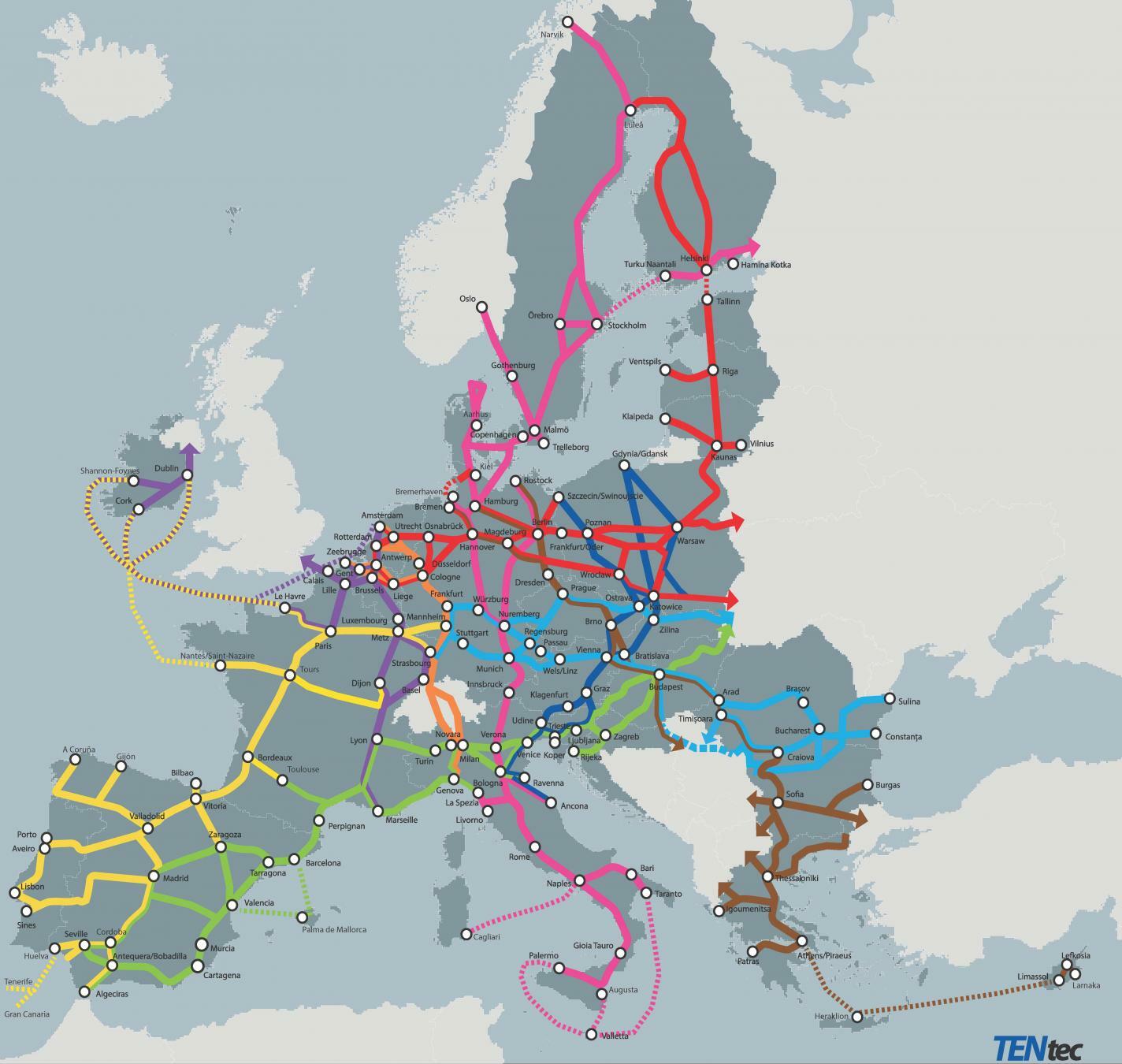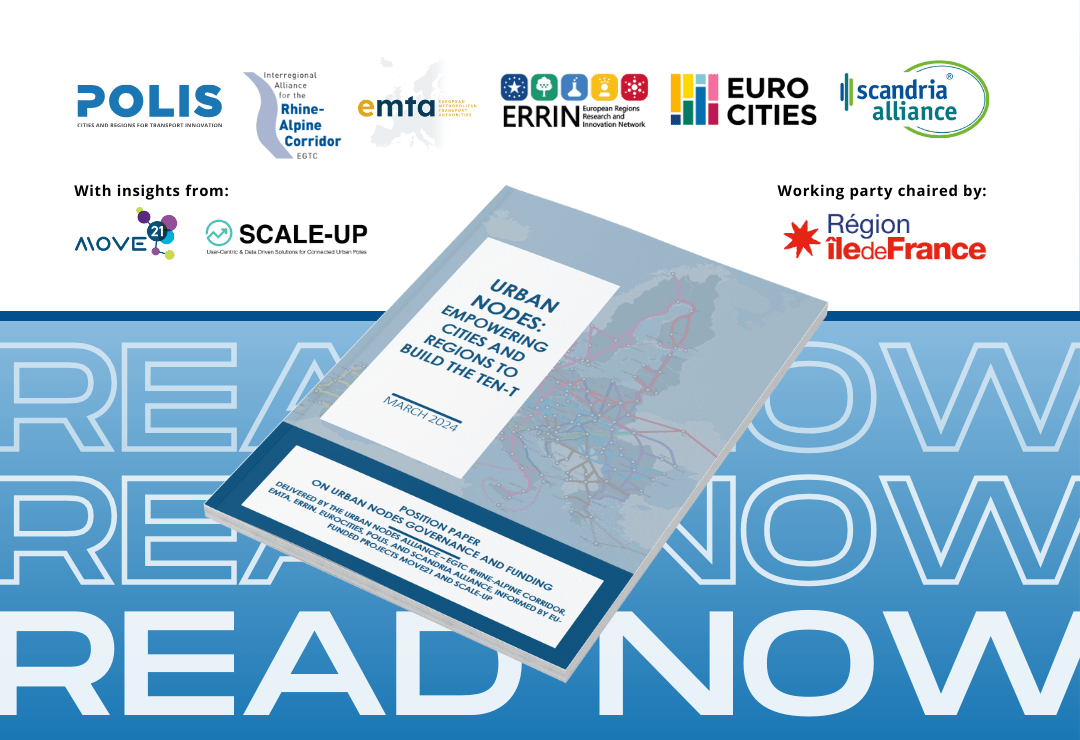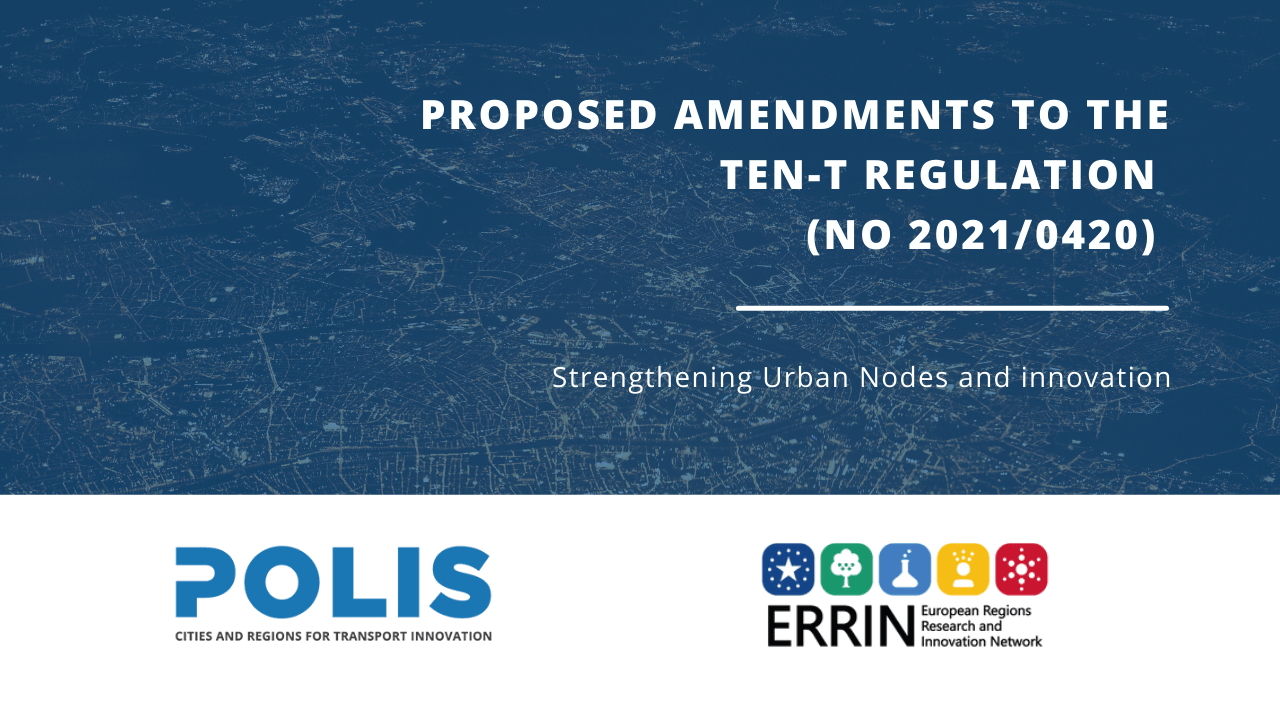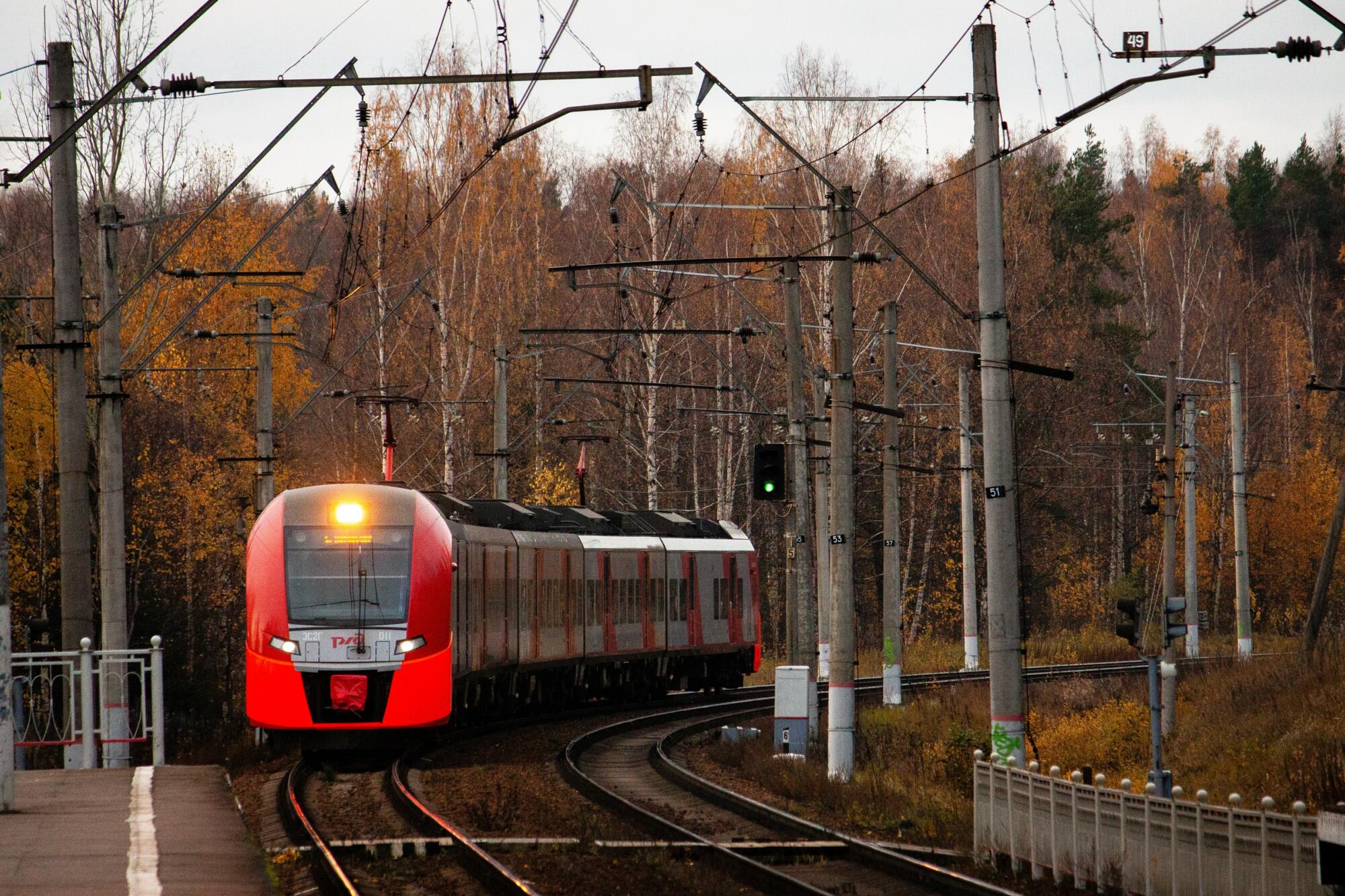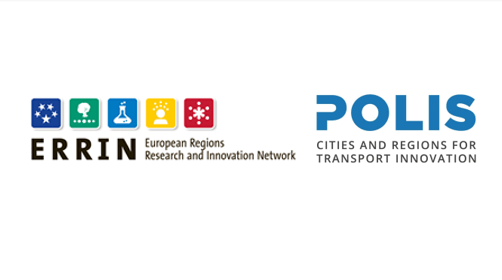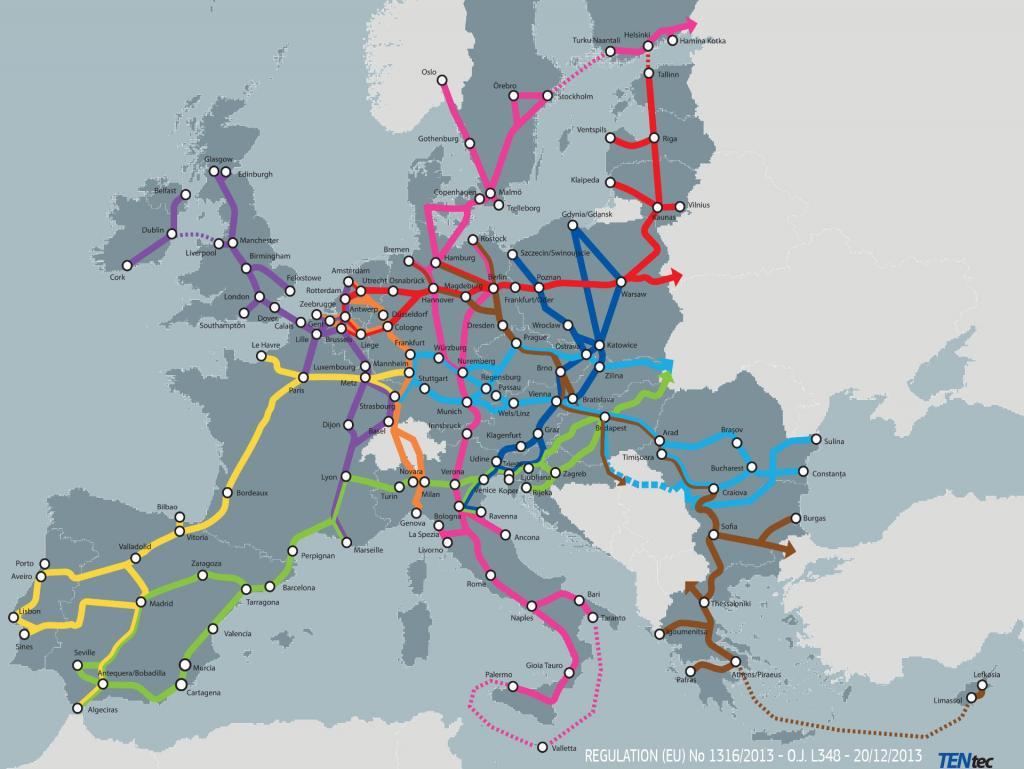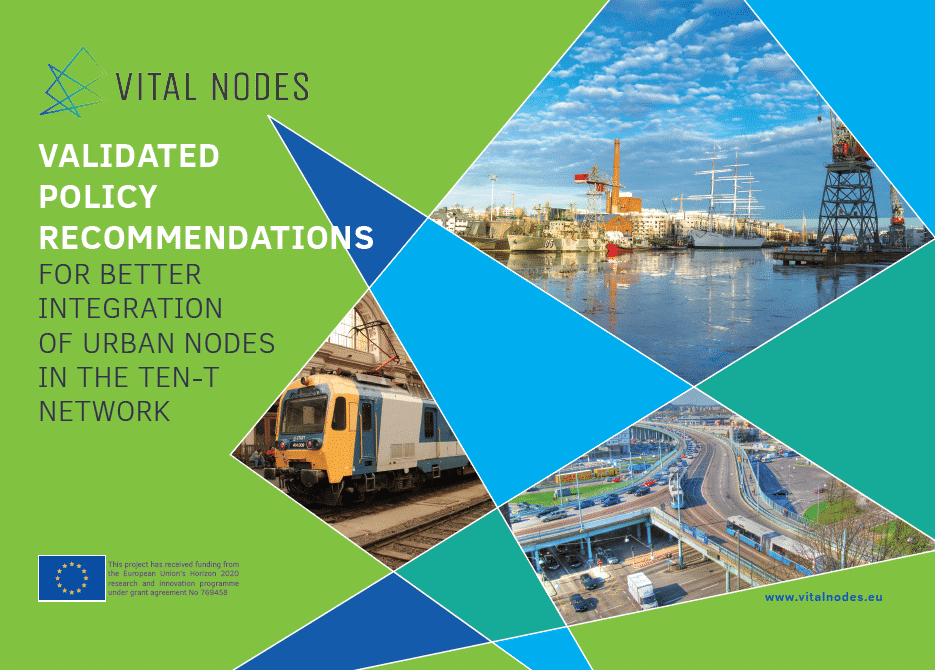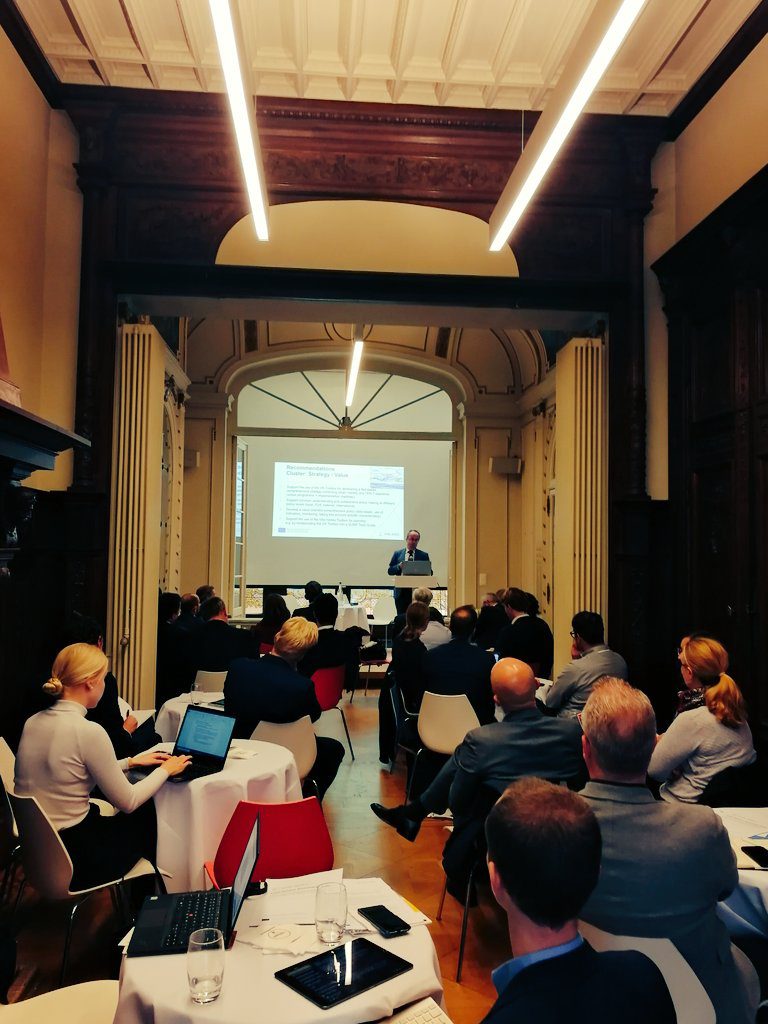TEN-T and Urban Nodes
The EU’s trans-European transport network policy, the TEN-T policy, is a key instrument for the development of coherent, efficient, multimodal, and high-quality transport infrastructure across the EU. It comprises railways, inland waterways, short sea shipping routes and roads linking urban nodes, maritime and inland ports, airports and terminals.
Urban nodes refer to areas where different components of the transport infrastructures of the TEN-T, such as ports, passenger terminals, airports, railways stations, bus terminals and logistic platforms, are interconnected with each other. The revised TEN-T regulation has designed 431 urban nodes on the network to take up the important role of becoming intermodal connectors that link local, regional and international traffic.
How POLIS is engaging with the topic
POLIS is supporting local and regional authorities in taking up this role and meeting the legal requirements for SUMP and intermodal infrastructures. POLIS cooperates closely with ERRIN on this topic.
